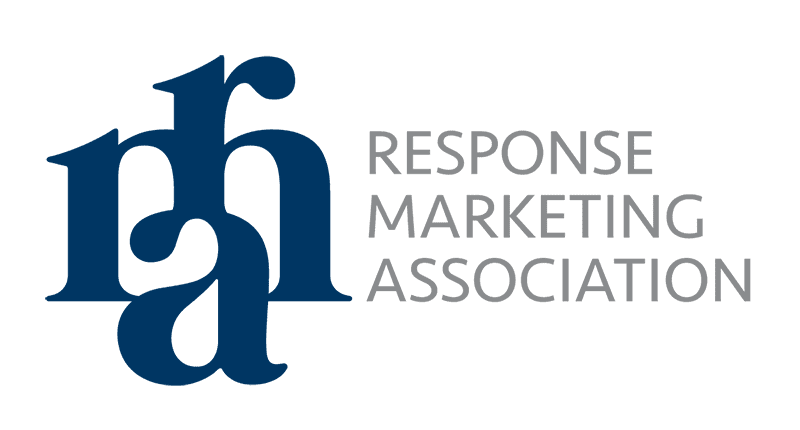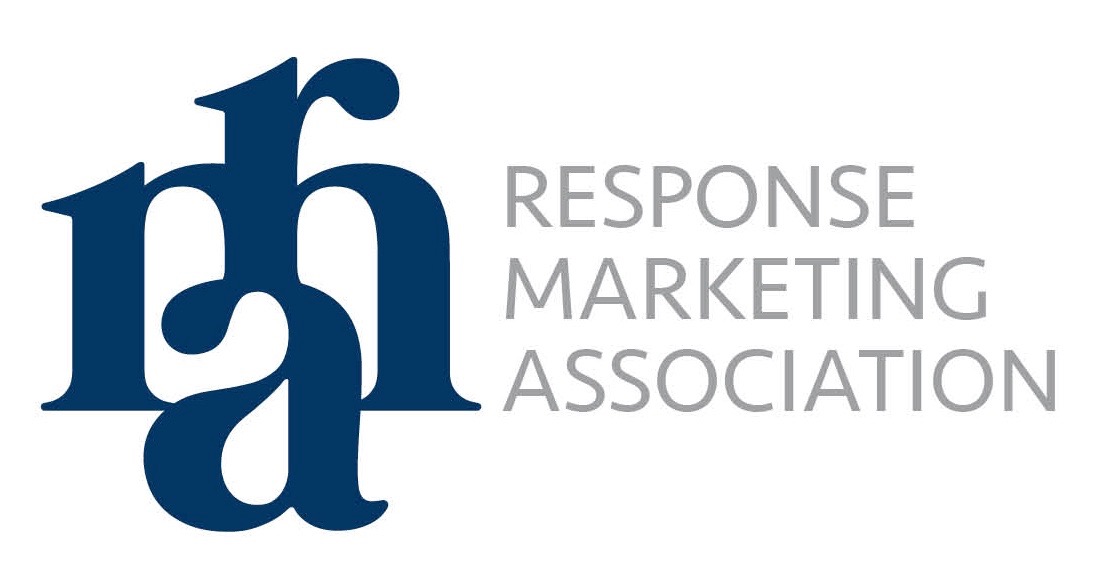Your 30,000 foot roadmap to successfully integrating AI tools while keeping your team (and data) safe.
Why This Matters Now
Let’s be honest, AI isn’t just knocking on your workplace door anymore, it’s already inside. Whether your employees are using ChatGPT to draft emails, leveraging AI for data analysis, or experimenting with automation tools, artificial intelligence has become part of the daily workflow. The question isn’t whether AI will impact your business, but how you’ll manage it effectively.
The good news? With the right approach, AI can supercharge your team’s productivity and creativity. The challenge? Making sure you’re doing it safely, strategically, and in a way that actually benefits everyone involved. Getting back to a customer-centric approach may be very effective during this process.
For example, deploying an AI Chatbot to deal with consumer issues may not be smart right out of the gate. These consumer touch-points are very valuable marketing tools so be sure they are not back-firing on your brand. Think them through and test them rigorously before letting them loose on your customers.
Getting AI Integration Right From the Start
Start With Purpose, Not Hype
Before you dive headfirst into the latest AI trend, take a step back and ask yourself: “What specific problems are we trying to solve?” Albert Einstein once said “If I have an hour to save the planet, I would spend 55 minutes defining the problem”. The most successful AI implementations happen when you identify clear, measurable challenges first.
Maybe your customer service team is drowning in repetitive inquiries, or your analysts are spending hours on routine data processing that could be automated. Perhaps your marketing team could benefit from AI-powered content creation tools. Whatever it is, start there with real, defined problems that need real, practical solutions. “Because everyone else is using AI” is not a good reason to bring it into your organization. Be sure it solves a well-defined problem. Be sure it is customer-centric (in your customer’s best interest). When you approach AI this way, you’re not just adopting technology for technology’s sake. You’re making strategic investments that your team can actually see the value in. One that produces the business results you desire.
Keep Your Team in the Loop
Here’s something we’ve learned from organizations that successfully implement AI: transparency isn’t just nice to have, it’s essential. Your employees are probably already wondering how AI will affect their jobs, so why not get ahead of those concerns?
Have honest conversations about your AI plans. Explain what you’re hoping to achieve and, more importantly, how these tools will make their work more interesting and impactful rather than replace them entirely. When people understand the “why” behind new technology, they’re much more likely to embrace it rather than resist it. Involve them in the defining of the problems.
Invest in Your People
Rolling out AI tools without proper training is like handing someone car keys without teaching them to drive. Sure, they might figure it out eventually, but wouldn’t you rather ensure they’re confident and capable from day one?
Consider setting up workshops, bringing in AI literacy training, or even creating internal champions who can help their colleagues navigate new tools. The time you invest in education upfront will pay dividends in better adoption, fewer mistakes, and more innovative use of AI across your organization.
Keeping Your Data Safe in an AI World
Let’s talk about the elephant in the room; data security. With AI tools often requiring access to company information, it’s natural to feel a bit nervous about where your data ends up and who has access to it.
Practice Smart Access Control
Think about AI data access the same way you’d think about office keys, not everyone needs access to everything. Set up your AI tools so they only have access to the data they actually need to do their job. If an AI assistant is helping with customer service, it probably doesn’t need access to your financial records.
Role-based permissions are your friend here. They help ensure that sensitive information stays with the right people and the right tools. Document your policies and procedures and train your staff so it is clear why this matters.
Do Your Homework on Third-Party Tools
Before you sign up for that promising, shiny new AI platform, take some time to understand how they handle your data. Some AI services use customer data to improve their algorithms, which might not align with your privacy requirements.
Ask the tough questions: Where is your data stored? Who has access to it? How is it used? What happens if you decide to stop using the service? A reputable AI provider will be transparent about these details. If they are dodgy about answering these kinds of questions, look for another AI provider.
Keep an Eye on Things
Regular monitoring isn’t about being the “AI police” – it’s about making sure everything is working as intended. Set up systems to track how AI tools are being used across your organization. This helps you spot potential issues early and ensures everyone is getting the most value from these investments.
Making Sure AI Gets Used Responsibly
Managing AI use isn’t just about security and efficiency. It’s also about making sure your team uses these powerful tools responsibly and ethically.
Set Clear Boundaries (But Make Them Practical)
Nobody likes vague rules, especially when it comes to new technology. Create clear, specific written guidelines about what’s okay and what’s not when it comes to AI use. For example, you might establish rules about not using AI to generate content that could be passed off as original work, or ensuring that AI-generated insights are always reviewed by a human before being acted upon.
The key is making these guidelines practical and understandable. Your team should be able to read them and immediately know how to apply them in their daily work.
Centralize Where It Makes Sense
Consider implementing tools that give your IT team visibility into how AI is being used across the organization. This doesn’t mean micromanaging every AI interaction, but rather having a clear picture of which tools are being used, by whom, and for what purposes.
This centralized approach helps ensure consistency and makes it easier to provide support when team members run into issues or need guidance. It also makes it much easier if any authorities wish to investigate your uses of AI in the process of operating your business.
Build in Regular Check-ins
AI is evolving rapidly, and so should your approach to managing it. Schedule regular reviews to assess how your AI initiatives are performing. Are they delivering the expected benefits? Are there any unintended consequences? What could be improved? Document and store these conversations so at any point in time the organization can prove they are striving to be responsible and ethical about their AI uses.
These reviews also provide opportunities to celebrate successes and learn from challenges, keeping your AI journey on track and continuously improving. These are early days for many organizations to use AI. Always review your practices with an eye to improving them.
Moving Forward With Confidence
Managing AI in the workplace doesn’t have to be overwhelming. By focusing on clear use cases, maintaining transparency with your team, prioritizing data security, and establishing thoughtful guidelines, you can harness the power of AI while avoiding common pitfalls.
Remember, this is a journey, not a destination. As AI technology continues to evolve, so will your approach to managing it. The key is starting with solid fundamentals and remaining flexible enough to adapt as you learn what works best for your organization. Don’t let tunnel-vision set in.
The organizations that thrive in the AI era won’t necessarily be the ones that adopt every new tool that comes along. They’ll be the ones that integrate AI thoughtfully, strategically, and with their people at the centre of the equation. The ones who slow down and think it through, putting the customer first.



